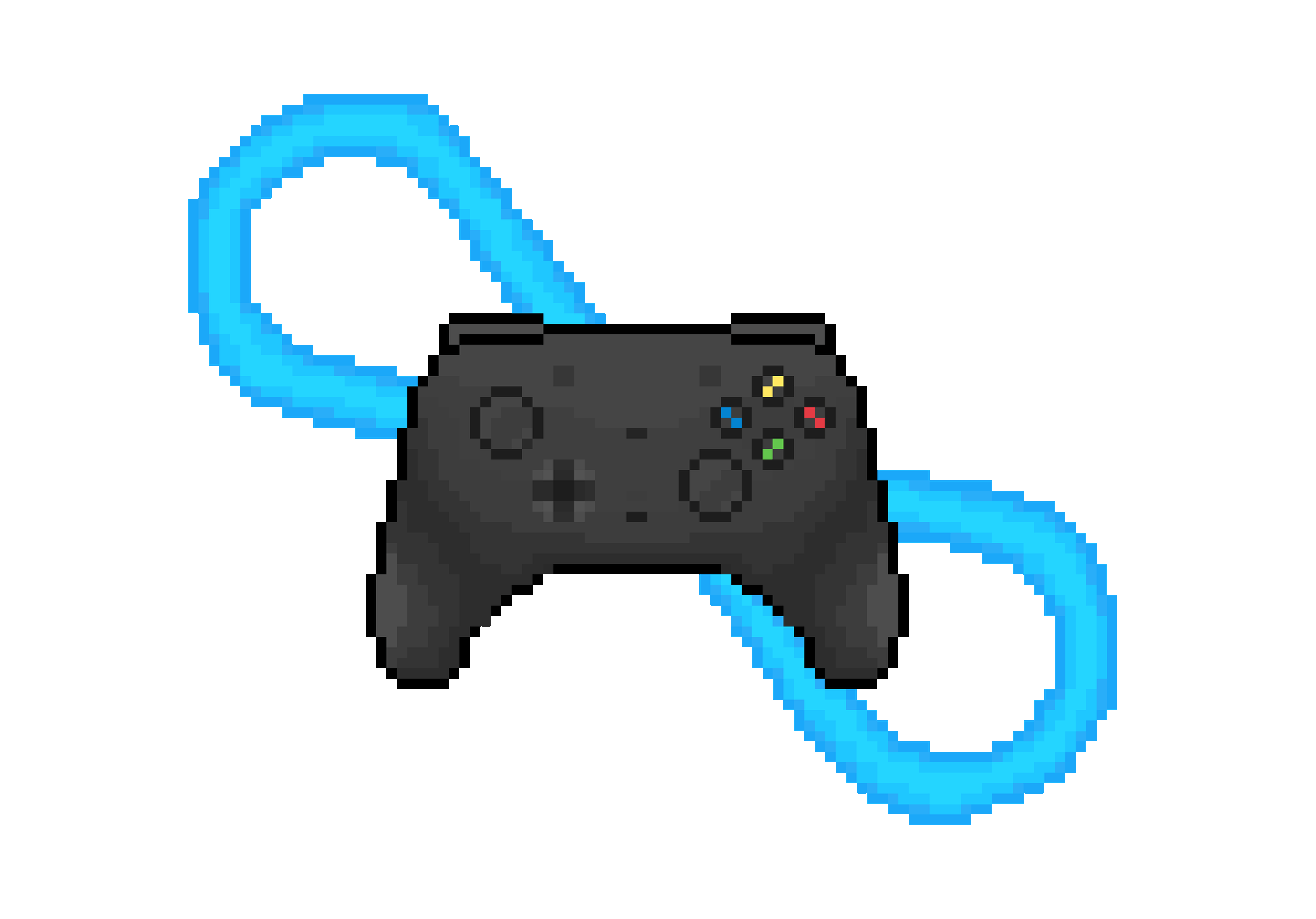🧠AIP 64 Compound Your Knowledge In Just 15 Minutes A Day

I have instilled a 15-minute habit that compounds my knowledge every single day.
Using this habit, I am creating novel insights, becoming more interesting and thoughtful, and falling back in love with the process of learning. All with just 15 minutes a day. I’m going to show you how to instill this habit as well inside your review systems, and knowledge management.
The reason this works so well is because it follows what I call slow burns over heavy lifts.
Heavy lifts are massive feats of effort expended in a short amount of time. Slow burns, however, are small, consistent pushes of effort over a long period. The biggest shift in my relationship with PKM came when I started doing more slow burns. I stopped wasting hours min-maxing my PKM system with the best plug-ins, review systems, tag structures, etc.
I felt more free, joyful, and wonderstruck.
How You Make The Shift From Heavy Lifts To Slow Burns? Slow Productivity
To make the shift from heavy lifts to slow burns in this 15 minute habit, we need to explore the inspiration behind this article: slow productivity.
What Is Slow Productivity?
As described by Cal Newport, slow productivity challenges the conventional fast-paced, volume-obsessed approach to work and productivity.
Newport advocates for a more deliberate, quality-focused methodology. This approach emphasizes deep work, where one concentrates on fewer tasks but with greater attention and care. The idea is to reduce the stress and burnout associated with the constant pressure to produce more and faster.
Doing less at higher quality paradoxically allows us to do more.
This is because we don’t have to context switch from activity to activity.
Contrary to popular belief, we all SUCK at context-switching. We’re like giraffes trying to swim. Our brain can’t jump back and forth like a computer processor. When you “multitask,” you’re actually rapidly switching attention between every task you’re doing. Each switch destroys your focus.
Slow productivity recognizes this and advocates for less context switching, and work spread out over time in longer, more focused work sessions.
This allows us to get a tremendous amount done over the long term, while remaining aligned with our values.
Let’s apply this work philosophy to our PKM with my 15-minute habit.
Slow Productivity Applied To Reflection And Review: The First Half Of The 15 Minutes
One of the major places I apply slow productivity is in my reflection and review process; this is the first half of the 15-minute habit.
For years, I have been doing daily, weekly, monthly, quarterly, and yearly review. It has allowed me to create content on YT, my blog, newsletter, and podcast part-time in college, regularly traveling, keeping a tight social group, participating in clubs, and all while eating healthily, exercising, and sleeping well. The best part is it’s not concrete. My regular reviews allow me to adapt my best life to change with me as I do.
So, you’re probably thinking this takes HOURS every day.
The beauty is with a slow productivity mindset; it takes at most 10 minutes a day.
The secret is in doing small, consistent. I have a daily review I fill out every night, which takes around ten minutes. This is all you need for the bulk of the review process. But if you really want to get down and dirty, you will do the higher-order reviews. I do a weekly review, which takes around an hour. A monthly review which takes around an hour and a half. And so on and so forth.
By splitting up my reviews into periodic times, I vastly reduce the total time it takes to do my reviews while getting tremendous value.
This has a variety of benefits.
First, I reflect upon my life, spotting patterns in what gives me energy and what doesn’t. Secondly, I have a journal of my day. I can go back to see what I was up to years from now. Thirdly, I can plan for the future using my insights to create a life I want to live.
Slow Productivity Applied To Compounding Knowledge: The Second Half Of The Fifteen Minutes
I use the second half of my 15-minute habit to compound my knowledge.
Simply put, the habit is creating or growing at least one note in my notetaking system daily.
I Have Done This By Following A Few Rules:
Firstly, I don’t have a daily processing routine.
I understand not every piece of content I consume is valuable enough to be processed. Instead, I process when I feel like it. And once a week when I write my newsletter I go through all my recent literature notes and process any I feel like processing. This has reduced the time I spend processing notes by HOURS a week.
Secondly, every time I open an unprocessed note, I try and grow it in some way.
The idea is if it was valuable enough for me to come back to it, it must be worth growing. I’ll grow it by expanding upon it, providing an example, or connecting it to another note. By growing notes in this way, I slowly grow notes over time leading to insane compounding of knowledge over the long run.
Thirdly, I create and grow Maps Of Content (MOCs) by making small changes over time.
A map of content is a term coined by Nick Milo that simply means a note connecting a bunch of other related notes. As I grow individual notes in my system from the above two rules, I will add them in small bursts to my MOCs. This ensures my MOCs grow slowly over time. Then I organize them more heavily when I hit a mental squeeze point. A mental squeeze point is the point at which the disorganization of your system becomes so unruly, you simply have to organize it in some way.
All in all, following these three rules allows me to compound my knowledge in just a few minutes a day through creating or growing at least one note.
The Power Of Slow Productivity Applied To Personal Knowledge Management
The biggest shift in my relationship with Personal Knowledge Management came when I started doing more slow burns compared to heavy lifts.
I stopped wasting hours of time min-maxing my PKM system. I started to feel free, joyful, and wonderstruck when I entered my PKM system. I made regular reviews into a ten-minute daily habit. I’m compounding my knowledge slowly over time by creating or growing at least one note every day.
You can learn to do the same.
One of the ways you can start applying slow productivity to Personal Knowledge Management is learning what 20% of things you should learn in Obsidian to get 80% of the results. Get my FREE Beginner Obsidian Resource List to learn how to do so.
It includes all of the resources I wish I had on Obsidian 3 years ago, including the best creators to follow, links to immerse yourself in the community, and my most popular curated content on Obsidian.
Here’s what I would like to share this week.
💡My Best Insights:
P.S. Some of the links below are Amazon affiliate links.
📖Book - Peak: Many people assume expertise comes from talent. But in this book, Ericson, and Pool show you the secrets behind how anyone can become an expert. The answer, deliberate practice which involves practicing with explicit goals, intense focus, feedback, and more.
📰Blog Post - How Do You Make a Good Analogy?: Making great analogies is important because we understand new things by connecting them to old. This article shows you some of the characteristics behind making great analogies, mainly they are familiar and representative, so you can make your own.
🎙️Podcast - Ep. 252 — the Deep Life Stack: The Deep Life Stack is Cal Newport’s goal hierarchy for completely remodeling your life for the better. It starts with building discipline, then defining your values, then fostering calm through time management and decluttering, and finally creating a vision for how you will drastically remodel your life.
📜Academic Article - Krashen’s Input Theory Of Learning: I’m working toward learning Spanish as a third language (I already know English and a decent bit of Dutch). In preparation I read this article on how to learn a second language which argues that effective language learning comes down to two things. First, we acquire language most effectively through comprehensible input containing i + 1, structures a bit beyond the learners level. And A low or weak affective filter to allow the input “in.” In other words a non-stressful environment. This approach is completely counterproductive to the way we have been taught languages in school. The approach believes we don’t acquire language by learning the grammatical structure and then finding meaning. We FIRST find meaning, and acquire the grammatical structure over time. You’ll definitely hear more about this project in the future.
Got questions? Hit "reply"! I read every email (yeah people are surprised!) 🤗 Thanks for reading!
Cheers, 🥜
Aidan
Thank you for being part of the journey!🎊 Whenever you're ready there are three ways I can help you:
The Art Of Linked Reading: This course helps people who struggle to understand, connect, remember, apply, and smartly share insights from non-fiction books learn to do so with linked notetaking apps like Obsidian, Tana, Logseq, and more.
Obsidian University: a pre-made Obsidian vault, templates, and video course helping you level up your notetaking and studying, fall in love with learning, and get good grades in less time so you have time for other parts of college.
⭐You can also book a 1 on 1 call or advertise this newsletter.
